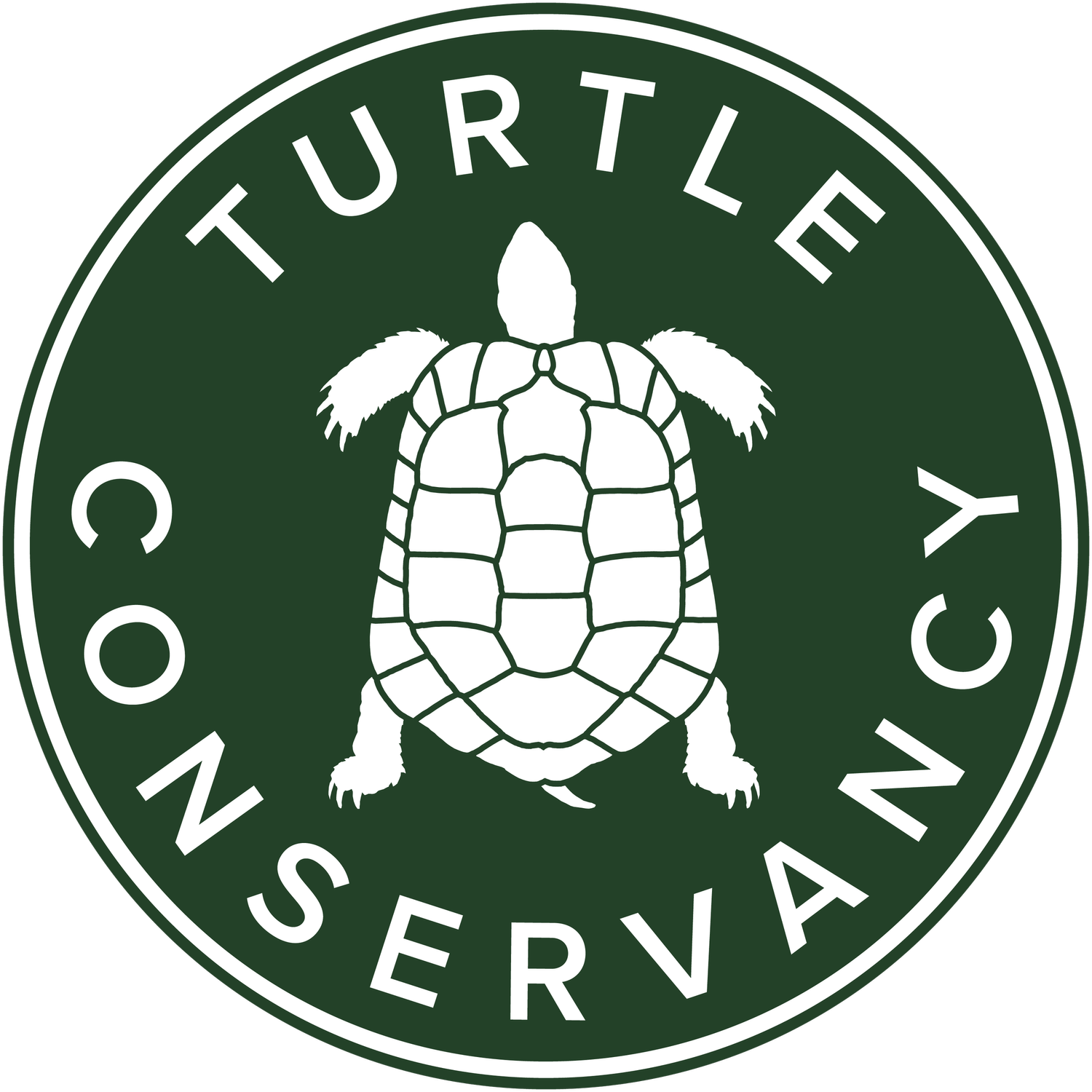Among the torrent of news concerning the COVID-19 pandemic, we are gradually learning the origin story of the coronavirus SARS-CoV-2. Scientists cannot say with certainty where and how SARS-CoV-2 was initially transmitted to humans, but we do know that the first cases were recorded from people visiting a “wet market” (exotic animal markets that sell animals and seafood for human consumption) in Wuhan, China and that the virus is similar to a coronavirus found in bats. Viruses like these are known to jump from bats to humans, often by an intermediary species.
There are several possible scenarios for the transmission from animal to human involving horseshoe bats, pangolins, snakes, civets, domestic livestock, and more. Whichever ends up being the case—and we may never fully know—the takeaway message is simple. If we want to prevent future outbreaks of zoonotic diseases, the irresponsible practices causing animal-to-human transmission need to stop. Immediately.
Global awareness of the wildlife trade is at an all-time high, and there has never been stronger public demand for its abolition. China and Vietnam have taken significant steps toward banning (most) wildlife trade. While this is the type of reaction we need from governments, the stricter laws and enforcement have not reduced demand. It will take major shifts in public opinion to stop the behaviors that destroy wildlife and perpetuate this obvious threat to global health.
Unfortunately, limited understanding of the science has triggered a problematic reaction by some—the vilification of bats (pangolins are apparently too cute to evoke terror). There have already been instances of aggression towards bats, reflecting this misguided and misdirected mentality. The message getting lost is that healthy bat populations thriving in the wild pose no risk to humans and, in fact, they provide essential ecosystem services that directly benefit people. Disease transfer occurs when their habitat is destroyed or when they are hunted for food, which brings them into contact with people and other animals.
As conservationists, we must take this moment in history to educate others about how we ended up in this mess. The message to get across is simple. Protecting wild species from exploitation and preserving their wild habitat is the only solution to preventing the next pandemic.
The Guardian published this excellent article on the current epidemic:
Coronavirus: 'Nature is sending us a message’, says UN environment chief




